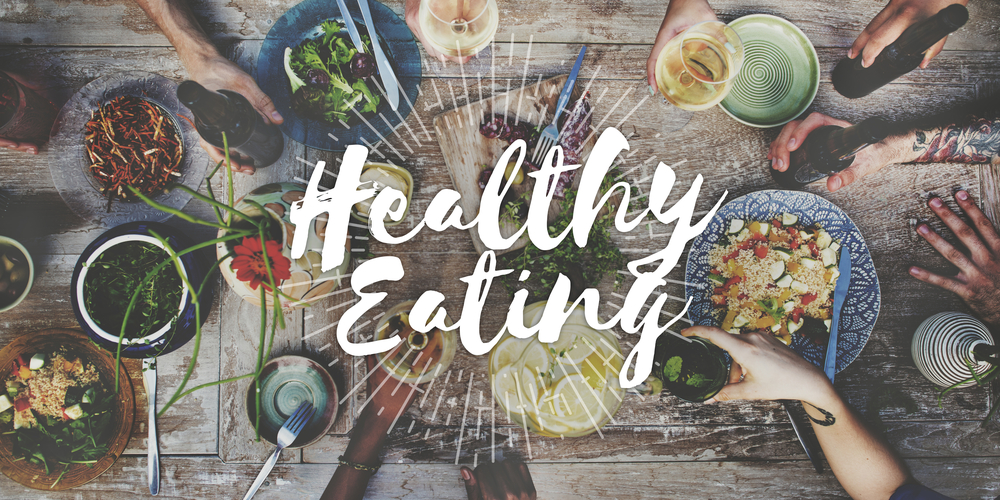
A Simple Guide to Dining Out Without Crushing Our Healthy Diets
The holiday season is fast approaching, and like billionaires with private jets, it’s vacation season for our diets. After mostly skipping last year’s festivities due to the pandemic, this season looks like a breakout year for office parties, family celebrations, and reuniting with old friends.
Maintaining healthy eating habits is less complicated when we control the ingredients and preparation at home. But looking at a restaurant menu or sitting down for a meal as a guest in someone’s home, it’s easy to lose our way and opt for unhealthy options. After all, aren’t we there to enjoy ourselves?
Let’s not confuse these nights out with Carbapalooza and decide to disregard our health and waistline completely. It may be party season, but we don’t need to pre-plan our New Year’s resolutions to lose the fifteen pounds that we haven’t yet gained.
At a Restaurant
Creating a few basic rules for ourselves helps keep us on track whenever eating outside the home. Without a plan or guidelines, we end up making poor decisions based on impulse. Almost every restaurant has a menu online nowadays, so why not make our healthy selections ahead of time? When the host or hostess seats us, there’s no need to even look at the menu. We’ve already decided.
Ditch the starch
Starchy sides like bread, pasta, rice, and potatoes are the loss leaders in a restaurant. They’re usually free because they’re cheap and restaurants want you to fill up on them. If our steak comes with bread and a baked potato, the portion size can be smaller.
Starches are dangerous to our diet and are mostly a nutritional wasteland. The problem is that starches taste good and are difficult to resist at the table. Most restaurants will substitute extra veggies for starch on the side. Ask them not to deliver bread to the table. If dining companions want the bread, keep it out of arm’s reach to avoid temptation.
Check the oil
If you ditch the starches, it can often be hard to feel satisfied without eating the carbs in a restaurant. To combat this issue, add some healthy fats to your meal by asking for extra butter on your vegetables or oil and vinegar on the salad
Most casual or chain restaurants use inexpensive vegetable oil instead of olive or avocado oils when cooking. These cheap oils are highly processed and harmful to our health. Don’t be afraid to ask your server what type of oil the chef uses. If they use canola or seed oil, consider another menu option that’s grilled or fresh.
Sauce
Sauces, dressings, and condiments are hidden dangers in otherwise healthy meals. Some sauces like Bernaise are mostly fat and a welcome addition to a nicely prepared filet mignon. Other sauces, like ketchup loaded with high-fructose corn syrup, or gravy thickened with flour, are best avoided. Once again, ask your server about how they make the sauce.
Getting sauced
Another great pitfall of the holiday season is the celebratory cocktail. The calories can add up quickly, and before you know it, we’re the guy wearing the lampshade and telling off-color jokes.
Having a bit of fun is okay, but make sure to try and drink at least a one-to-one ratio of alcoholic drinks and water. This practice cuts down on empty calories, blood alcohol content, and calls from human resources.
Dessert?
Before you order that slice of cheesecake or chocolate decadence thing, consider the options. Are we still hungry? If so, maybe a cheese plate or berries with whipped cream can tame a post-meal craving. If not, consider how we’ll feel if we eat too much.
The biggest mistake most of us make when it comes to dessert is thinking that we somehow earned dessert by having a healthy meal. We didn’t earn dessert, and we’re throwing away all our earlier good decisions.
At someone’s home
Going to a dinner party is a little trickier than eating at a restaurant. We don’t want to seem like the guy imposing our dietary restrictions on the group. But keep in mind that the host wants you to enjoy yourself and might appreciate some advanced notice. Offering to bring a dish (nobody needs to know it’s healthy) is an excellent way of guaranteeing our options.
Another strategy is eating a light snack before the party. Hunger leads to bad choices, and hors d’oeuvres are potholes on the road to a healthy meal. One thing about hors d’oeuvres is that we tend to overeat because of their continuous availability and lack of a plate. They’re small, and it isn’t easy to control how many we eat.
Incorporate the same guidelines when eating at a friend’s house as you would at a restaurant. Sometimes we feel more obligated to eat what a friend prepares, but your health is more important.
Allergies
It never hurts to mention an allergy or possible stomach issue, even if we don’t have one, to help ensure a meal meets our dietary restrictions. Neither a restaurant nor dinner host should question a food allergy, and the last thing they want is for us to get sick at their establishment or party, so a little white lie goes a long way.
Take care, even down there.
Share this Post